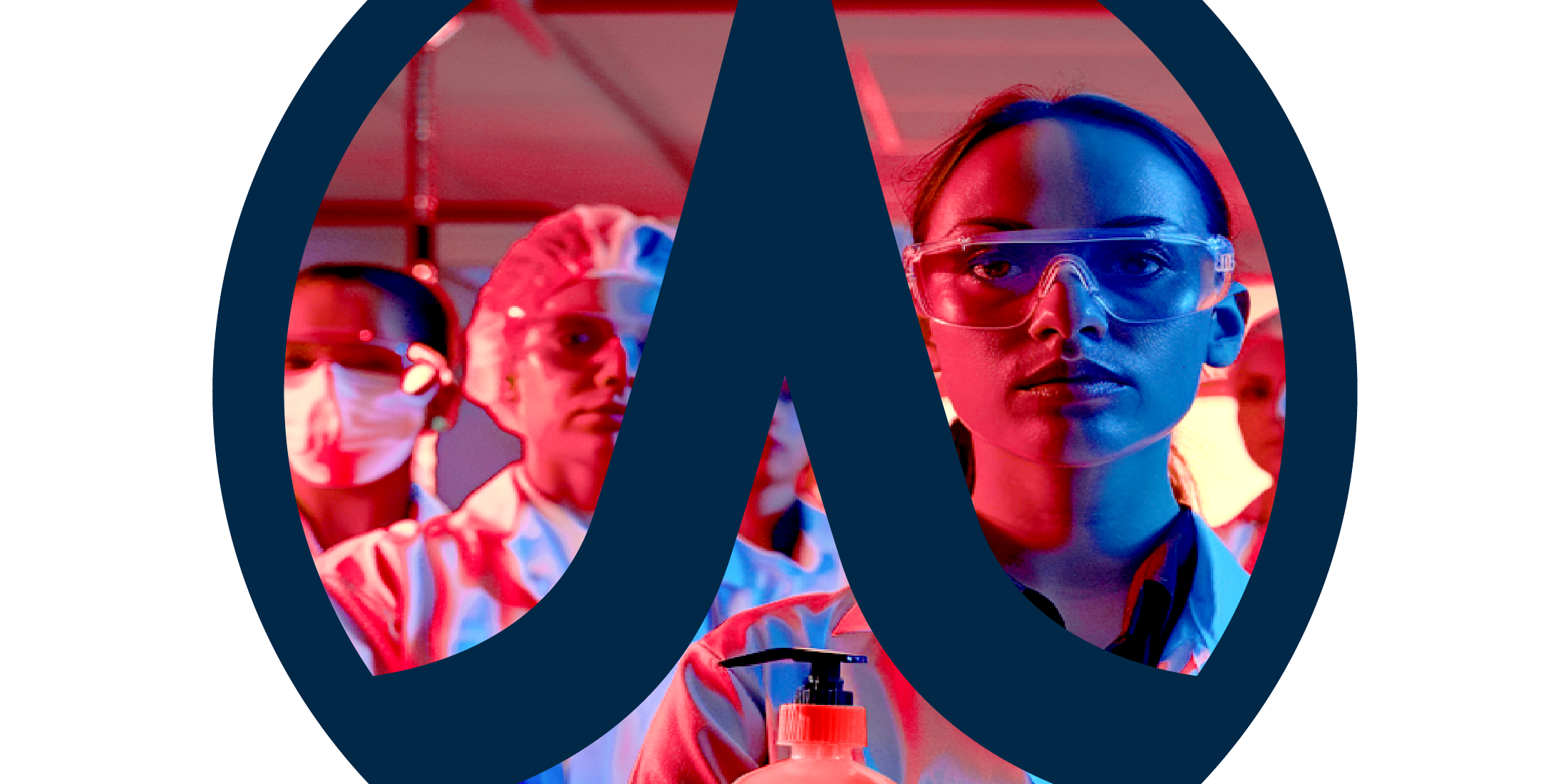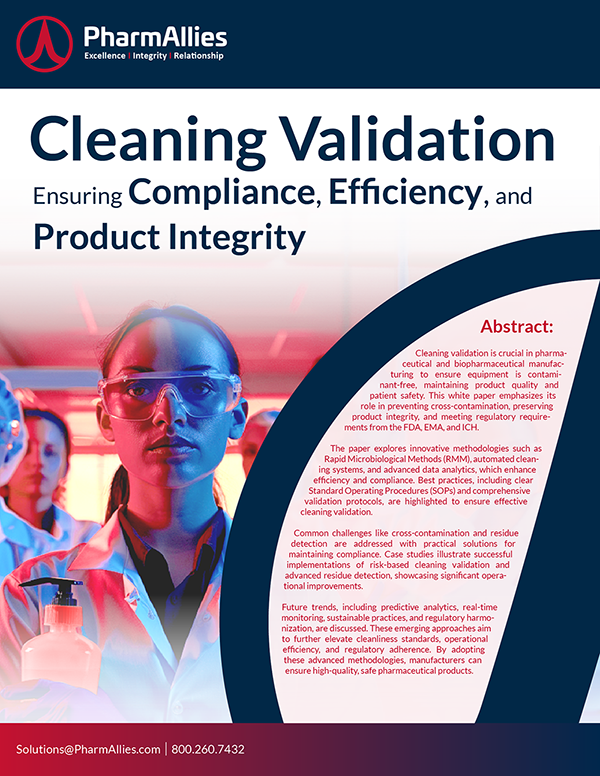Executing Comprehensive Validation Studies for Robust Cleaning Validation Protocols
Introduction
Executing comprehensive validation studies is essential for demonstrating that cleaning procedures in pharmaceutical manufacturing are effective and reproducible. These studies involve rigorous testing, including multiple cleaning cycles and worst-case scenarios, to ensure that cleaning processes consistently meet predefined acceptance criteria. This article covers the steps involved in conducting robust validation studies, with a focus on detailed documentation of results to ensure compliance and maintain product quality.
Importance of Comprehensive Validation Studies
Validation studies are crucial for several central reasons:
- Ensuring Efficacy: Demonstrate that cleaning procedures effectively remove residues to acceptable levels.
- Regulatory Compliance: Meet the rigorous requirements set by regulatory bodies like the FDA, EMA, and ICH.
- Consistency and Reproducibility: Ensure that cleaning procedures produce consistent results across different batches and equipment.
- Risk Management: Identify and mitigate potential risks associated with residual contamination.
Steps in Conducting Robust Validation Studies
Step 1: Develop a Validation Protocol
The first step in executing comprehensive validation studies is to develop a detailed validation protocol. The validation protocol is the foundation of a robust validation study. It should be comprehensive and meticulously detailed to ensure that the study is well-planned and executed. This protocol serves as a blueprint for the entire validation process and as minimum should include the following elements.
- Objectives: Clearly define the goals of the validation study, such as demonstrating the effectiveness of the cleaning procedure. Provide a rationale for the cleaning validation study, explaining why it is necessary and what it aims to achieve.
- Scope: Specify the equipment, processes, and residues that will be included in the study. It should include diagrams and flowcharts if necessary.
- Residue Profiles: Include detailed profiles of the residues being tested, such as their chemical composition, toxicity, and potential impact on product quality.
- Acceptance Criteria: Establish the criteria that must be met for the cleaning process to be considered successful. These criteria should be based on regulatory guidelines and risk assessments.
- Validation Plan: Outline the plan for conducting the validation study, including the number of cleaning cycles, sampling points, and analytical methods.
- Sampling Justification: Justify the chosen sampling locations and methods, explaining how they were determined based on risk assessments and equipment design.
- Documentation Requirements: Detail the documentation that will be required, including raw data, test results, and validation reports.
Step 2: Conduct Preliminary Trials
Before starting the full validation study, I usually recommend conducting preliminary trials. By addressing any unforeseen challenges during the preliminary phase, we can significantly enhance the reliability and success of the full validation study. Conducting preliminary trials help to.
- Optimize Cleaning Procedures: Identify any potential issues with the cleaning procedures and make necessary adjustments.
- Fine-Tuning: Adjusting cleaning parameters, such as contact time, temperature, and cleaning agent concentration, to optimize the cleaning process.
- Identifying Challenges: Detecting potential challenges, such as difficult-to-clean areas or unexpected residues, that need to be addressed before the full study.
- Validate Analytical Methods: Ensure that the chosen analytical methods are suitable for detecting and quantifying residues.
- Establish Baselines: Collect baseline data to compare against results from the full validation study.
Step 3: Execute Cleaning Cycles
A comprehensive validation study should include multiple cleaning cycles to demonstrate the consistency and reproducibility of the cleaning procedures. Significant considerations for this step include.
- Number of Cycles: Perform a sufficient number of cleaning cycles (typically three to five) to ensure that the results are statistically significant. Keep detailed records of each cleaning cycle, including the exact procedures followed, any deviations, and observations made.
- Replicability: Ensure that each cycle is executed under the same conditions to validate the reproducibility of the cleaning process. Conduct consistency checks by comparing results from different cycles to ensure reproducibility.
- Worst-Case Scenarios: Include worst-case scenarios in the validation study. This involves testing the cleaning procedure under the most challenging conditions, such as maximum residue levels, minimal cleaning times, and most difficult-to-clean equipment configurations.
Step 4: Sampling and Analysis
Sampling and analysis are critical components of the validation study. They involve collecting samples from equipment surfaces and analyzing them to detect and quantify residues. Key aspects of the sampling and analysis step include.
- Sampling Plan: Develop a detailed sampling plan that specifies the sampling locations, methods, and frequency. Sampling should be done at locations most likely to harbor residues, such as hard-to-clean areas and equipment crevices. Handle samples with care to prevent degradation or contamination, and transport them promptly to the laboratory for analysis.
- Swab and Rinse Sampling: Use both swab and rinse sampling techniques to ensure comprehensive residue detection. Swab sampling involves wiping equipment surfaces with a sterile swab, while rinse sampling involves collecting a portion of the final rinse water.
- Analytical Methods: Analyze the samples using validated analytical methods, such as HPLC, TOC analysis, and microbiological testing. Ensure that these methods are sensitive enough to detect residues at the established acceptance criteria. Regularly revalidate analytical methods to ensure they remain accurate and sensitive, especially when equipment or processes change.
- Documenting Results: Carefully record all sampling and analysis results, including raw data, calculations, and any deviations observed during the process.
Step 5: Analyze Data
Once the samples have been analyzed, the next step is to compile and analyze the data. The data analysis involves.
- Data Compilation: Compile all raw data and test results into a comprehensive dataset.
- Data Integrity: Ensure the integrity of the data by implementing controls to prevent tampering or loss.
- Error Analysis: Conduct error analysis to identify any potential sources of error and their impact on the results.
- Statistical Analysis: Use statistical tools to analyze the data and determine whether the cleaning procedures meet the acceptance criteria. Common statistical methods include analysis of variance (ANOVA) and standard deviation calculations.
- Trend Analysis: Identify trends and patterns in the data to assess the consistency and reliability of the cleaning procedures.
Step 6: Document Validation Results
Thorough documentation is essential for demonstrating compliance and facilitating regulatory inspections. Significant components of the documentation include.
- Validation Report: Prepare a detailed validation report that summarizes the objectives, scope, methodology, results, and conclusions of the validation study. The report should also include any deviations and corrective actions taken.
- Raw Data and Calculations: Include all raw data, calculations, and statistical analyses used to evaluate the cleaning procedures.
- Traceability: Maintain traceability of all data and documentation, ensuring that it can be easily retrieved and reviewed.
- Audit Trails: Implement audit trails for electronic data to track changes and ensure data integrity.
- Corrective Actions: Address any deviations or issues identified during the validation study through corrective actions and document these actions thoroughly.
- Supporting Documentation: Attach any supporting documentation, such as calibration certificates for analytical instruments and training records for personnel involved in the validation study.
Step 7: Review and Approve Validation Results
The final step in the validation process is to review and approve the validation results. The review and approval of the validation results generally involves.
- Internal Review: Have the validation results reviewed by internal stakeholders, such as quality assurance, quality control, and MS&T personnel.
- Approval: Obtain formal approval from the appropriate personnel, confirming that the cleaning procedures meet the acceptance criteria and are effective and reproducible.
- Regulatory Submission: If required, submit the validation documentation to regulatory authorities for review and approval.
Best Practices for Conducting Validation Studies
Engage Multidisciplinary Teams
Involving SMEs from various fields, such as quality assurance, analytical chemistry, and engineering, ensures a comprehensive validation study.
- Collaboration: Foster collaboration among team members to leverage their expertise and ensure all aspects of the validation are covered.
- Regular Meetings: Hold regular meetings to discuss progress, address challenges, and make necessary adjustments.
Follow Regulatory Guidelines
Adhering to guidelines from regulatory bodies such as the FDA, EMA, and ICH ensures compliance and facilitates regulatory approval.
- Guideline Adherence: Follow established guidelines and best practices for cleaning validation studies.
- Stay Informed: Keep up-to-date with changes in regulatory requirements and adjust validation protocols accordingly.
Implement Continuous Improvement
Use the results from validation studies to continuously improve cleaning procedures.
- Feedback Loop: Create a feedback loop to incorporate lessons learned from validation studies into the cleaning procedures.
- Ongoing Monitoring: Implement ongoing monitoring and periodic revalidation to ensure that cleaning procedures remain effective over time.
Ensure Comprehensive Training
Ensure that all personnel involved in the validation study are adequately trained and competent.
- Training Programs: Develop and implement training programs to ensure that personnel understand the validation process and their specific roles.
- Competency Assessments: Regularly assess the competency of personnel to ensure they can perform validation tasks accurately and reliably.
Conclusion
Executing comprehensive validation studies is essential for ensuring the effectiveness and reproducibility of cleaning procedures in pharmaceutical manufacturing. By following a systematic approach, including developing a detailed validation protocol, conducting preliminary trials, executing multiple cleaning cycles, and thoroughly analyzing and documenting results, you can demonstrate compliance with regulatory requirements and maintain product quality. Implementing best practices, such as engaging multidisciplinary teams, adhering to regulatory guidelines, and continuously improving cleaning procedures, further enhances the robustness of validation studies. Through diligent execution and documentation, we can safeguard our pharmaceutical products and protect patient health.



